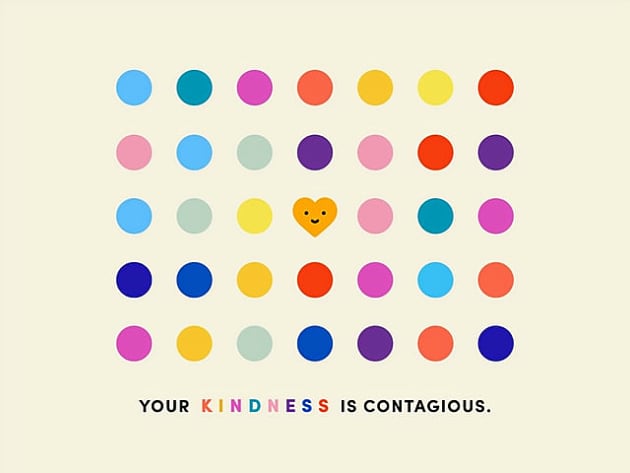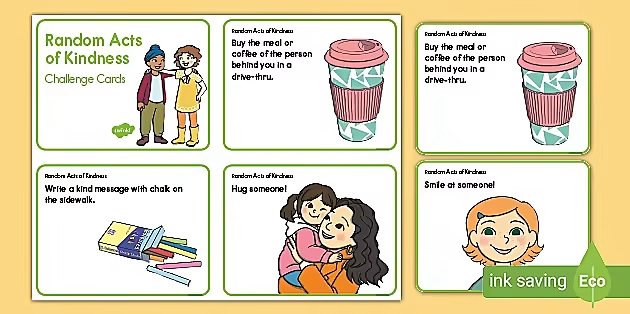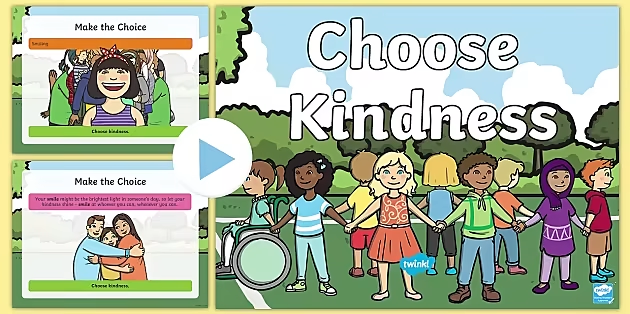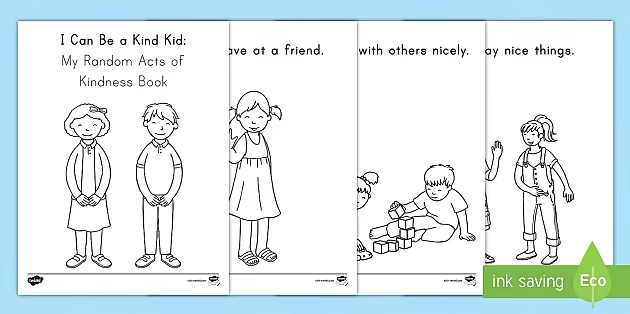



9 min
Acting with kindness is important at any age, but it's always good to start young! If you’ve not heard of Random Acts of Kindness Day, we’ll help you get to know it a little better, learn why it’s important, and discover how you and your kids can get involved. Here’s everything you need to celebrate Random Acts of Kindness Day as a class or family, all wrapped up in one lovely, friendly guide. Just call it our random act of kindness to you!
“No act of kindness, no matter how small, is ever wasted.”
This quote is from the famous storyteller, Aesop, known the world over for his classic fables containing universal morals. The line is taken from the story of The Lion and The Mouse, in which a lion spares a mouse’s life and, in return, the mouse later rescues the lion from a hunter’s net. The moral of the story is that the kindness we show towards others will eventually come back to us. If the lion had not spared the mouse’s life in that simple moment of kindness, the mouse would not have been around to save the lion.
Of course, being kind to others is not about getting something in return. (Quite the opposite, in fact.) There are, however, some beneficial side effects to practicing kindness, according to science. Not least, feeling good about ourselves. So it’s kind of a win-win! And, let’s face it, there can never be too much kindness in the world.
Kindness is a universal language that everyone can understand. In this uplifting TED Talk, a fourth-grade kid - wise before his years - explains why kindness is so important and how even the smallest random act of kindness can have a huge impact on someone’s day...
While acting with kindness is a choice we should all make every day, Random Acts of Kindness Day shines a light on this important, universal value. Its focus is on doing unexpected good deeds for others, particularly strangers. Promoted each year by the Random Acts of Kindness Foundation, their theme for this year is “Explore the Good,” and their website is packed full of kindness inspiration and resources. We particularly like this printable coloring sheet!
Of course, every day is a day to be kind. But Random Acts of Kindness Day provides us with an opportunity to highlight its importance and remain mindful of the impact our actions and behavior can have on others; it is a day for us to be even kinder than usual (and encourage the kids to be, too!)
We’ll talk a bit about how we can teach our kids to choose kindness below. But first, as a teacher or educator, think about how you, yourself, might promote kindness in school this Random Acts of Kindness Day, and hopefully inspire more people to pay it forward (adults and children alike!)
Here are five easy kindness ideas for educators to get you started:
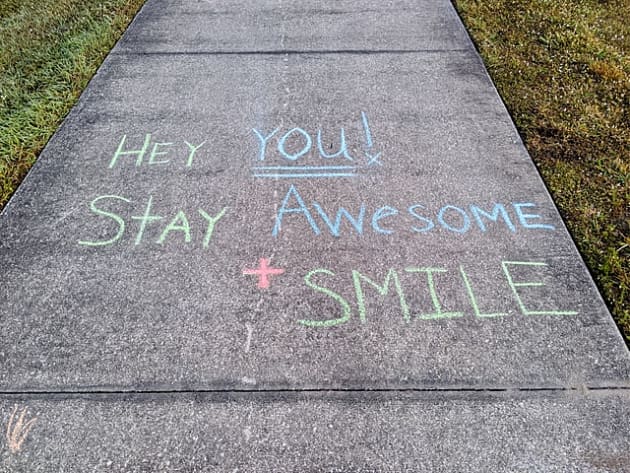
Encourage students to be kind by challenging them to perform a certain number of kind acts this Random Acts of Kindness Day. Or make an entire week or month of it and challenge them to complete one action every day. Be sure to check out our list of 40 acts of kindness for kids, below, for some inspiration. Or download these adorable illustrated Acts of Kindness Challenge Cards for some ideas.
We all know that one of the best ways to encourage positive behaviors is to lead by example. Children look up to us and learn a lot through observation, particularly in the early years. That’s why, as teachers, educators, parents, and carers, we have an essential role to play by modeling kindness, compassion, tolerance, and respect.
Helping kids understand the effects of their actions and behavior, and recognizing the difference that being kind can make, are great topics for more structured learning, too - both in the classroom and at home. It’s a critical area of study for young children as part of their social and emotional health education and can be applied to topics like bullying, tolerance, and making friends. It’s also an excellent subject for the beginning of school and touches on many other subjects. Kindness is less a stand-alone topic but rather a universal value that should run throughout teaching. Therefore, the following ideas are for life, and not just for Random Acts of Kindness Day!
Ask students to think about what it means to be kind. Not only would this make a great discussion starter on Random Acts of Kindness Day, but it can also feed into your classroom management strategy. Why not create an uplifting bulletin board display to remind children to be kind every day? These colorful Kind Hands Display Posters feature simple reminders of what kindness looks like. And this Choose Kindness Read and Discuss Activity Booklet also doubles as a wonderful resource to display to remind children that being kind is a choice they can make every day.
No space for a kindness bulletin board? Put up this wonderfully simple Kind Display Poster to remind your students of what it means to be kind.
You could also start a conversation around empathy and kindness using these thoughtful teacher-made scenario question cards, encouraging students to think about how the person in each scenario might be feeling and what they could do to show kindness and empathy.
A big part of being kind is considering other people’s feelings. This set of thought cards is designed to help open up a discussion with young children about appropriate behavior and considerate language. This engaging “We’re All Different” PowerPoint for younger kids is a wonderful discussion starter around identifying and appreciating our differences - useful as part of a bullying topic.
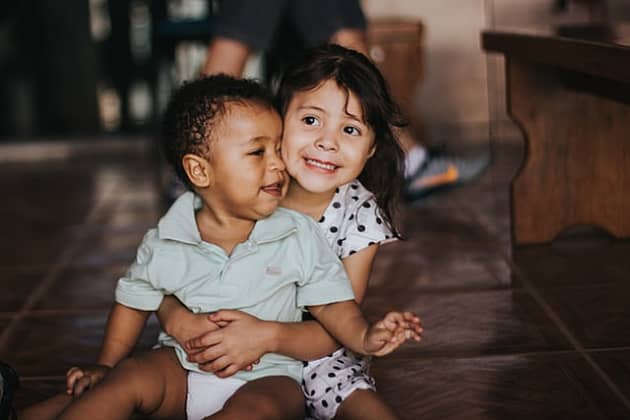
How else could your child or class choose kindness? Make a Kindness Plan together here. And then use this delightful, illustrated Kindness Pledge Certificate to recognize your child’s commitment to choosing kindness on Random Acts of Kindness Day - and every day!

Content Writer
Hannah is a writer for Twinkl with a passion for inclusive education and inspiring everyone to reach their full potential. When she's not writing helpful content, you're likely to find her treading the boards at her local theater, forest bathing, rock climbing, or drinking (probably far too much) coffee!

